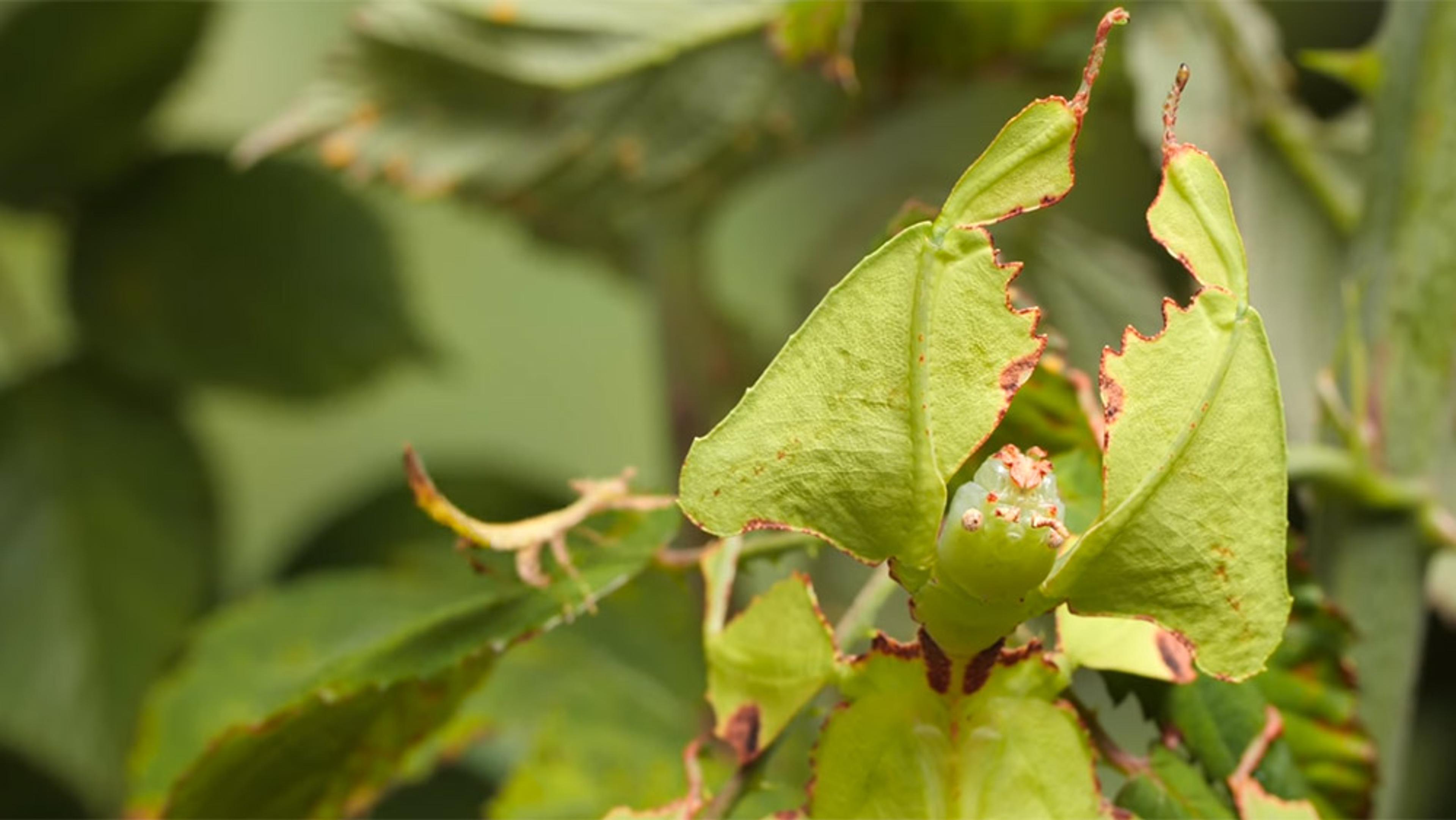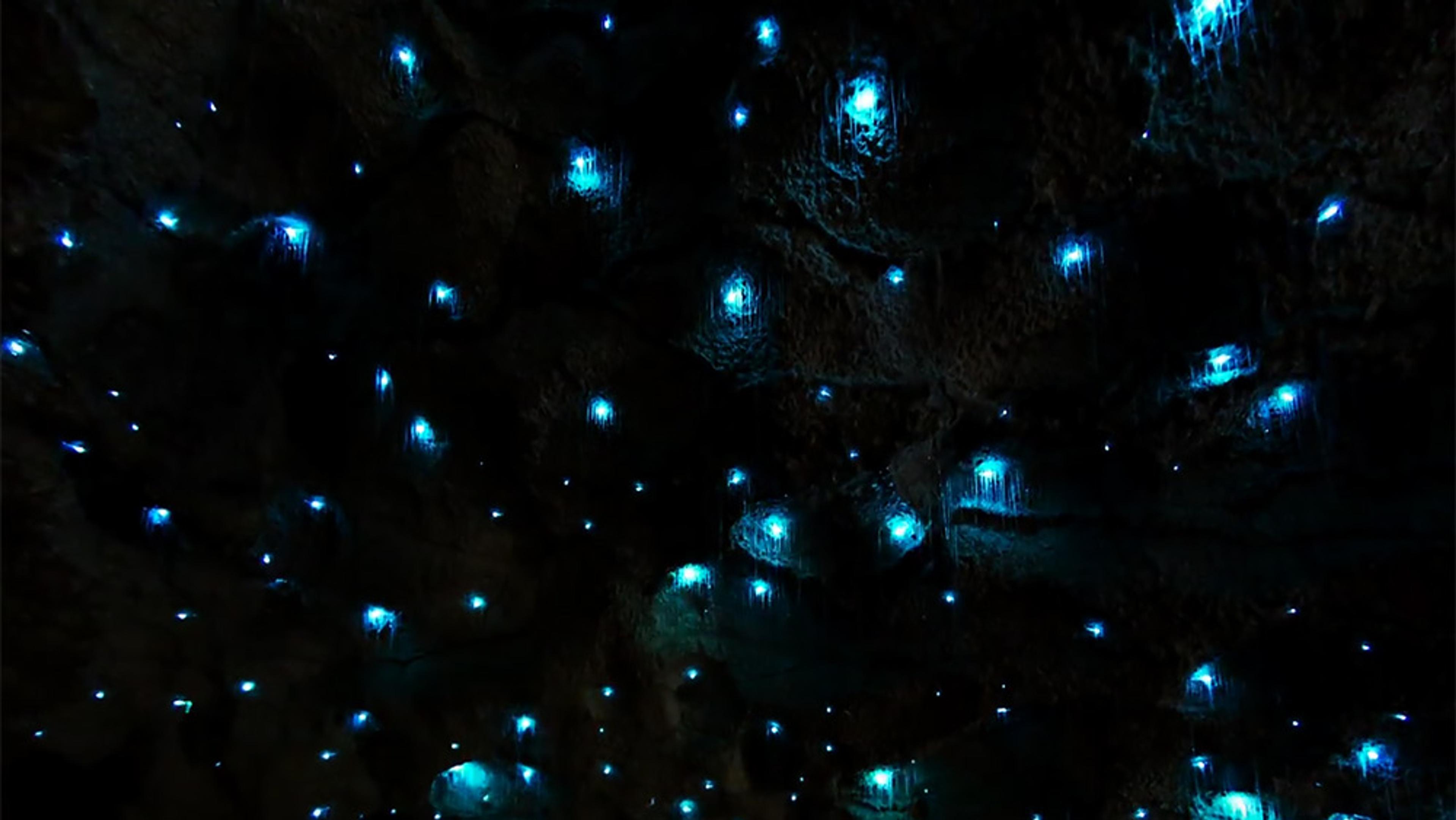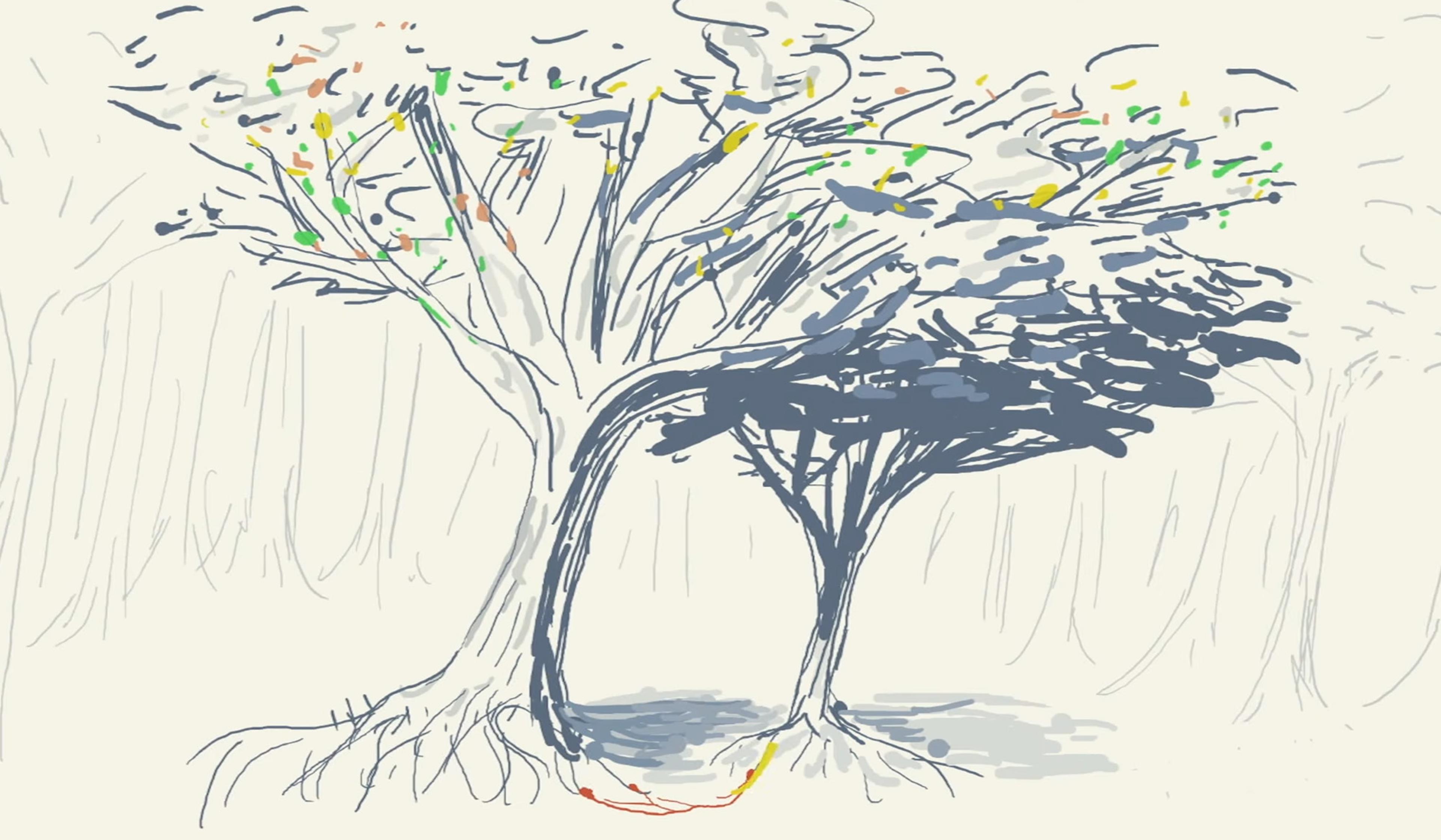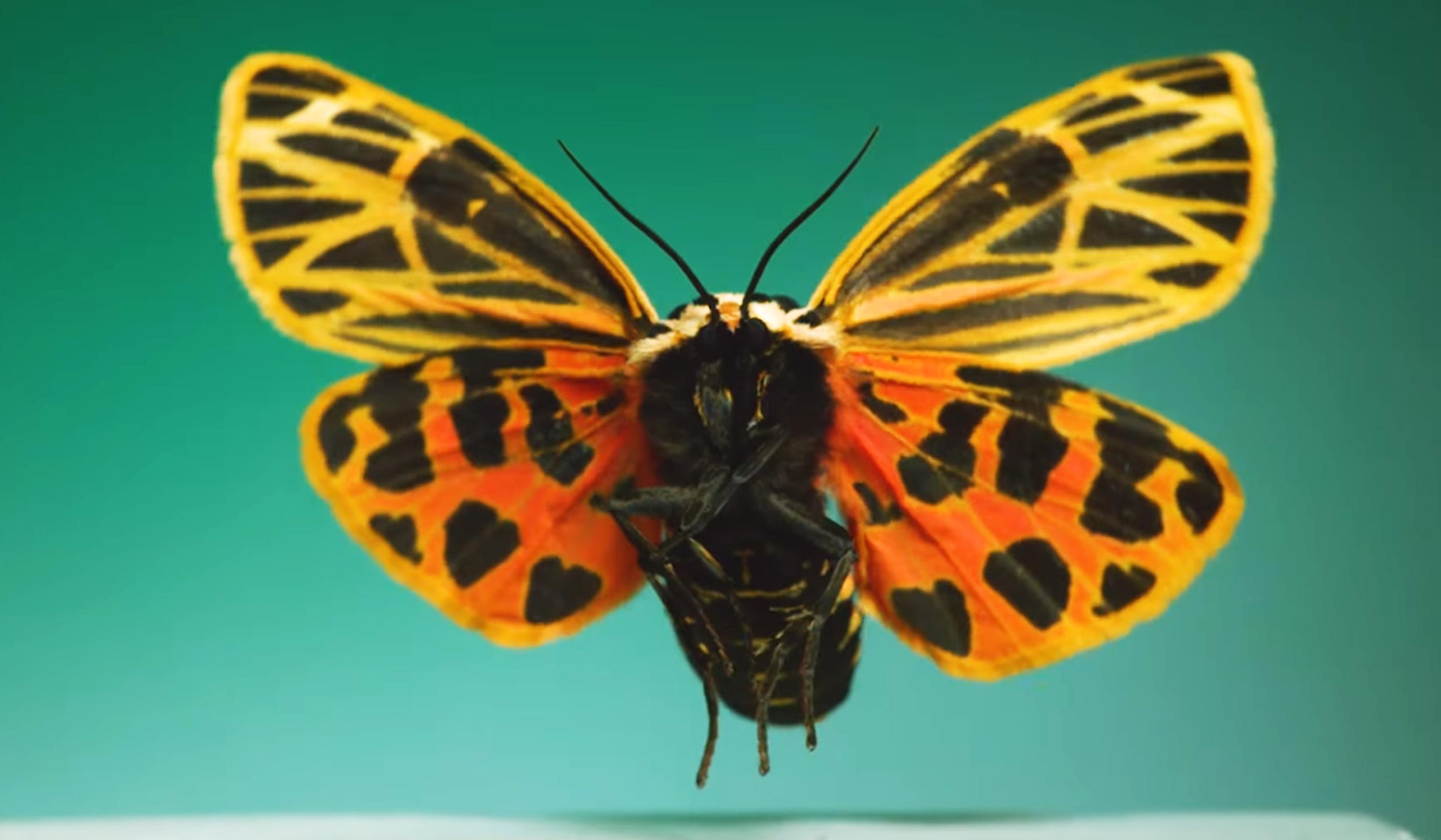Treehoppers, a large family of insects found around the globe, live on plant branches, sucking nutrients from sap and frequently blending in with their surrounding to avoid the attention of predators. At first glance, the creatures appear rather boring as they stay relatively still and quiet much of the time, but scientists are learning that there’s much more to them than first meets the eye – or ear. By vibrating their torsos while grasping branches, treehoppers dispatch their own complex version of Morse code to warn of nearby predators, woo mates and even disrupt the signals of rivals. And treehoppers are hardly anomalous: tens of thousands of species of insects communicate using similar vibrations, meaning that there’s an entire universe of hidden animal communications we’re just beginning to understand. In this instalment of bioGraphic’s Invisible Nature series, the animator and filmmaker Flora Lichtman puts her inimitable style to evocative use, recreating the world of treehoppers with stunning tiny creations playfully animated.
Coded vibrations and signal jamming – the secret language of the treehoppers

videoEvolution
When is a leaf not a leaf? When it’s got six legs and a face
4 minutes

videoBiology
Glow worms mimic stars, creating a stunning faux night sky in a New Zealand cave
4 minutes

videoEcology and environmental sciences
The incredible – and still quite mysterious – way trees trade information via their roots
5 minutes

videoBiology
There’s no one way for an insect to fly, but they’re all amazing in close up and slo-mo
7 minutes

videoBiology
Beetles take flight at 6,000 frames per second in this perspective-shifting short
9 minutes

videoEvolution
A hair-trigger existence – the extreme peril of feasting on Venus flytrap nectar
3 minutes

videoBiology
How insects become airborne, slowed down to a speed the human eye can appreciate
8 minutes

videoBiology
Every winter, ladybirds break their solitude and assemble for a once-in-a-lifetime love-fest
3 minutes

videoEvolution
Flashing together: when fireflies meet LEDs, the result is a beautiful lightshow
2 minutes